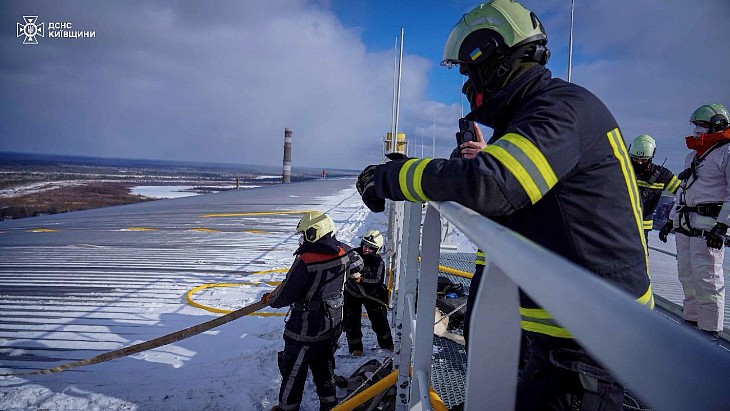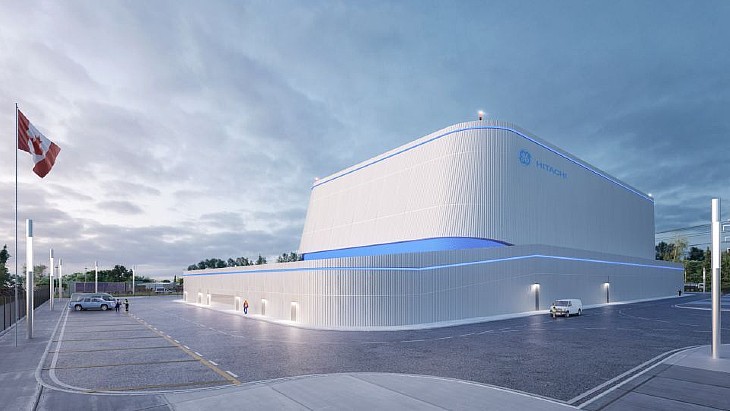IAEA sees enhanced safety at Belgian research reactor
.jpg)
An IAEA Integrated Safety Assessment of Research Reactors (INSARR) mission is conducted at the request of an IAEA Member State. It is a peer review service that assesses and evaluates the safety of research reactors based on IAEA safety standards.
The BR2 is one of three operating research reactors at the Belgian Nuclear Research Centre (SCK-CEN) in Mol, northeast Belgium. In operation since 1963, the BR2 is one of the oldest research reactors in Western Europe. The reactor is permitted to operate until its next periodic safety review in 2026, when a decision on operation for a subsequent 10 years may be taken. BR2 currently runs on highly-enriched uranium (HEU) but plans are under way to convert from the use of HEU to low-enriched uranium (LEU) fuel.
The BR2 accounts for about a quarter of the global production of radioisotopes for medical and industrial purposes, including for cancer therapy and medical imaging. It also produces doped silicon, which forms a semiconductor material that provides the basic substance for electronic components.
Requested by Belgium's regulatory body, the Federal Agency for Nuclear Control (FANC), the seven-day INSARR mission comprised five experts from Argentina, Canada, the Netherlands, South Africa, and the USA, as well as three IAEA officials
The mission - carried out 28 February to 7 March - observed the effective implementation of administrative and technical measures to ensure the safety of reactor experiments. It also welcomed the continued good practice of Belgium's voluntarily reporting on safety at BR2 to the review meetings of the Convention on Nuclear Safety.
"SCK-CEN has shown continued commitment to safety and established programmes and procedures in line with the IAEA safety standards," said the INSARR's team leader Amgad Shokr, Head of the IAEA's Research Reactor Safety Section. "SCK-CEN's continued observation of this established practice in planning and implementing operational safety activities, particularly those related to conversion from HEU to LEU, and refurbishment and modernisation of the reactors' systems and components, is of vital importance to safety."
The mission said further improvements in safety could be made by: strengthening the organisational structure to better coordinate maintenance activities and the handling of irradiated materials; improving the functioning of the SCK-CEN reactor safety committee by enhancing its procedures and expanding its scope to include reviews of proposed experiments and modifications, as well as reports on regulatory inspections of the reactor; enhancing the clarity of operational limits and conditions by expanding them to cover all operational states of the reactor as well as periodic tests of all safety systems and components; and strengthening existing radiological protection practices by improving the operational performance of radiation monitors at the workplace.
"We put a lot of effort into ensuring a high level of safety and making continual improvements. I am pleased to see that noted in this review," said BR2 Manager Steven Van Dyck. "The INSARR mission provided us with valuable recommendations for further improvement, and we are committed to implementing them."
SCK-CEN will make the results of this mission publicly available and plans to request a follow-up INSARR mission in 2025 to evaluate which actions it has taken in the meantime to meet the recommendations and suggestions of the IAEA during this INSARR mission.










_50521.jpg)

